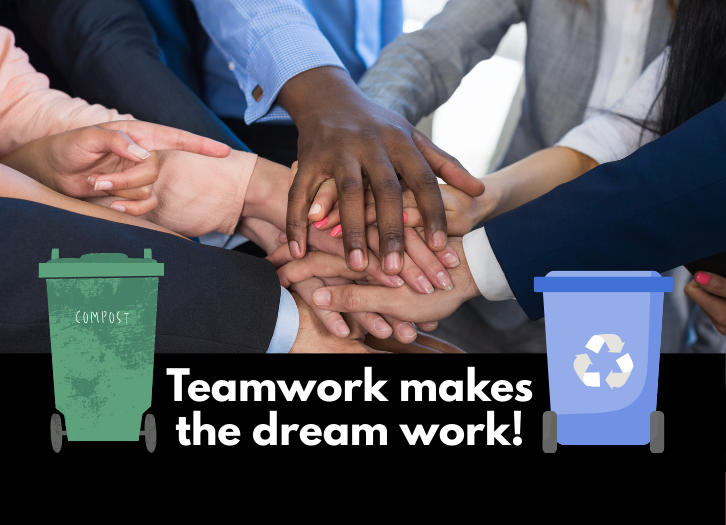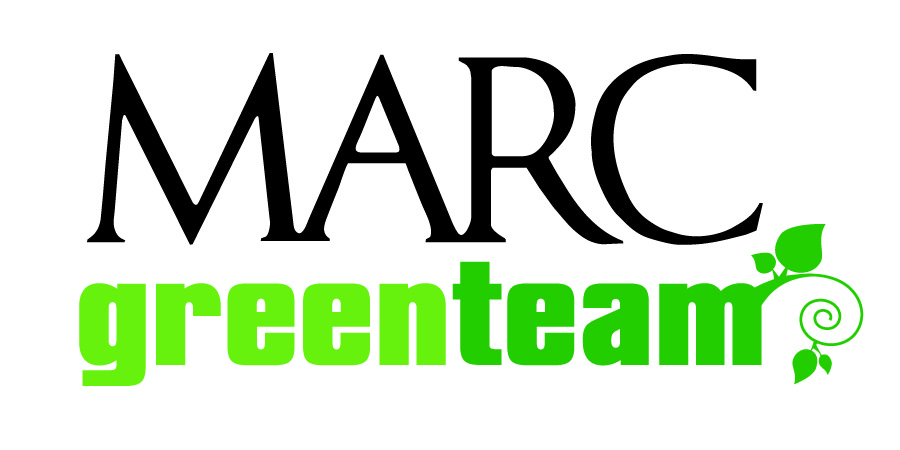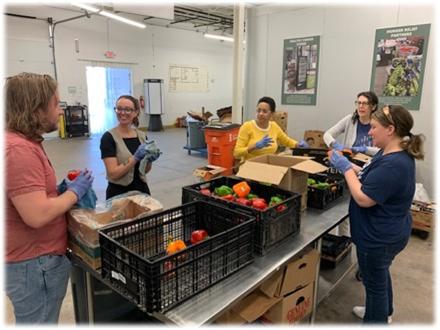
It's difficult if not impossible to lead an organization's recycling program by yourself. That's where a green team comes into play. A green team's primary function is to promote and implement sustainability initiatives within an organization. But its ultimate goal is to make sustainability a normal part of an organization's culture. Whether you're starting a green team or trying to revitalize an existing one, consider the following keys to success:
Make it a formal committee
Green teams are more successful when they are organized as a formal committee and empowered by an organization's leadership to affect real change in policies and practices.
Consider your leadership approach
The servant leadership approach — with an emphasis on active listening — offers numerous benefits including increased employee engagement, improved team performance, greater innovation and a more positive organizational culture.
Understand your function
The overarching function of a green team is to promote and implement sustainability initiatives within an organization. This consists of:
- Identifying and prioritizing sustainability issues
- Undertaking research and analysis
- Developing goals and action plans for each issue
- Making recommendations to relevant decision-makers
- Implementing initiatives
- Tracking and reporting data
- Frequent communication
Choose chairs wisely
Your green team needs a chair and co-chair with a good combination of knowledge, skills, experience and passion to lead your efforts and help ensure success.
Make sure every department is represented
Recruit members from every department including the executive office. This helps ensure that everyone is kept in the loop and has a chance to contribute.
Set term limits
Consider having chair, co-chair and team members commit for one year then offering them the chance to continue or hand it off to someone else. This will help avoid burnout and keep creativity and energy levels high.
Meet regularly
Set up meetings a year ahead of time. Meeting monthly is ideal to maintain momentum. Increase attendance by making your meetings hybrid.
Create a name, logo and purpose statement
These can be a fun way to kick off your efforts. Example purpose statements could be: "To facilitate (organization)'s sustainable practices and policies," or "To develop, implement and promote sustainable practices for (organization)."

Identify Focus Areas

Facilitate an open brainstorm with your green team about sustainability issues they think are important to address. Some areas to consider:
- Waste reduction: Recycling, composting, paperless communication, green purchasing and office supply swap shops.
- Energy efficiency: Energy-saving practices like turning off lights and adjusting thermostats; looking into energy-efficient equipment or machinery; and building components and systems such as HVAC, lighting, insulation, windows and roofing.
- Water efficiency: Water-efficient equipment, machinery, and fixtures such as toilets, faucets and showers.
- Transportation: Incentives and infrastructure improvements around adoption of transportation alternatives such as carpooling, cycling, walking and the use of public transit.
- Custodial and pest management: Recycling and compost collection, green cleaning practices and integrated pest management.
- Landscaping: Native plantings, green ice melt, water-efficient irrigation systems and battery-powered/electric lawncare equipment.
- Special events: Consider how to "green" internal and external special events like health and wellness fairs, team lunches, board meetings, conferences, holiday parties, product launches, etc.
- Community engagement: Lunch 'n learns and staff volunteer opportunities via litter cleanups, community gardens and social service organizations.
- Social responsibility: Green Supply Chain Management (GSCM), Extended Producer Responsibility (EPR), and Environmental, Social, and Governance (ESG) investing.
Set SMART goals
Set goals that are specific, measurable, achievable, relevant, and time-bound (SMART). Prioritize goals based on their potential impact and feasibility, focusing on initiatives that can be implemented relatively quickly and easily. Establish baseline measurements for key areas (e.g., waste generation and energy consumption) to track progress and demonstrate impact.
Delegate
Chairs and co-chairs should not take on more than they can handle, so delegation is key. Each team member should be willing to contribute both during and outside meetings as their regular job duties allow.
Check-in
Halfway between meetings, check in with team members who took on tasks to determine task status and if assistance is needed.
Communicate
Communicate regularly and frequently with leadership, staff and customers to keep them aware of your efforts and the important role they play in the green team's success. Use all media available to you to get the word out: texts, email, intranet, social media, bulletin boards, digital signage, newsletters, meetings, etc. Be sure to place your team's logo on all your outreach materials, both digital and hard copy.
Develop an annual strategic plan
Put together an annual strategic plan that includes goals, tasks and a timeline for the next year. Brainstorm big — but pace yourselves. It's better to do a few things well, versus many things poorly.
Recognize and celebrate achievements
Publicly acknowledge and celebrate successes to build momentum and inspire further action.